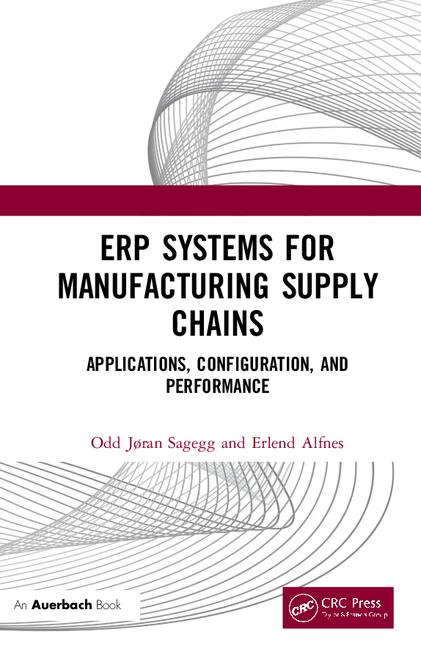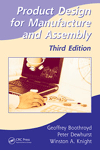Work is blocked by problems. You watch the work to spot blockages in the form of piles, otherwise known as inventory. When you find a pile, you know the problem is one operation downstream.
As lean works its magic, inventory is reduced, which decreases carrying costs. More importantly, however, it also reduces the time to see a problem. Whether the problem is related to quality, delivery or resources, everything stops immediately. It’s clear what to fix, and there’s incentive to fix it quickly because with lean, the factory is more sensitive to problems.
What works in the factory will also work in the supply chain, and that’s where lean is going. The same time-based lens is used to watch the work and look for piles. Downstream of the piles, kaizen is applied to eliminate the root causes of problems. As a result, supply chain carrying costs are reduced, and so is the time to see a problem. When a problem arises, everything stops, and we know what to fix. As in the factory, lean will improve the supply chain, but it also makes the supply chain more sensitive to problems.
There are big differences between the factory and the supply chain. In the factory, visual control can be done with your own eyes. See the problem, fix the problem. Not so with the supply chain. Parts move through multiple continents, suppliers and factories. You can’t see problems on another continent. And as inventory is weaned, the supply chain is more sensitive. The result is larger aftershocks. Lines are down longer and with less warning. Risk mitigation is needed. But where to start?
Not all supply chains are created equal, so secure the most important ones first. To choose the most important, I suggest a thought experiment: Shut them off one at a time and look for negative impacts to profit, important customers and your brand. Once the top several are identified, use a risk priority number (RPN) framework to rank potential failure modes. The RPN for a potential failure mode is: severity x probability of occurrence x ability to detect.
For severity, look for failure modes that will stop the line quickly and keep it down for a long time. To keep the line running longer and create more time to react, reduce cycle time or selectively hold inventory. (I know, that’s not lean.) To reduce downtime, create formal contingency plans, so when a problem does arise, you can simply pull a trigger instead of running around trying to figure out what to do. And, look at lead times for raw materials, which can be measured in months or years.
For the probability of occurrence, look for sole-source parts, custom processes and custom materials. With sole-source parts, volumes are usually small and a low priority for suppliers, who know you can’t get the stuff anywhere else. Custom processes can require unique (and expensive) machines that can break down. And when they go down, there are no other machines to pick up the slack. Custom materials are like sole-source parts, except with longer lead times. The solution is redundancy. For sole source parts, develop a second source. For custom processes, use standard ones. For custom materials, don’t use them. Or, for all three, add inventory.
For the ability to detect a problem, create information systems that provide real-time inventory levels across the supply chain—all continents, suppliers and factories. Start with the most important parts.
The race is on to extend lean into the supply chain. Start quickly and don’t hold back. But remember, as inventory is reduced, there will be less time to react to problems and, when they hit, they’ll hit harder.





